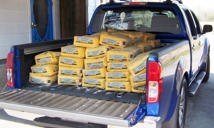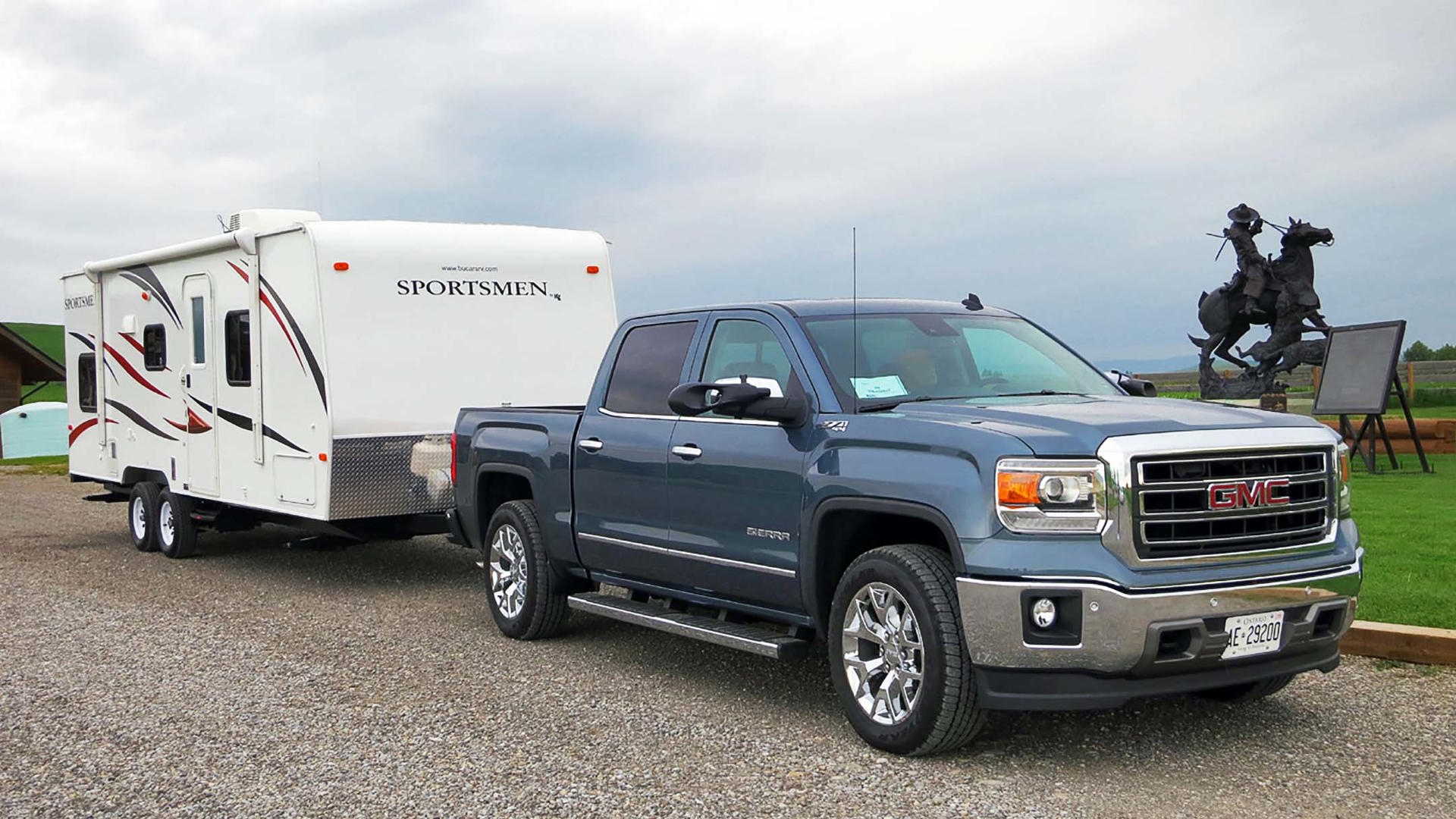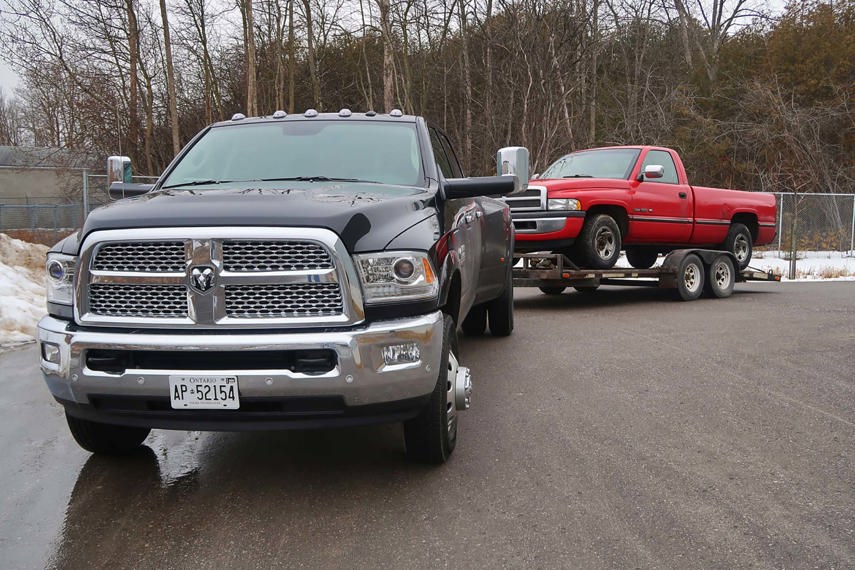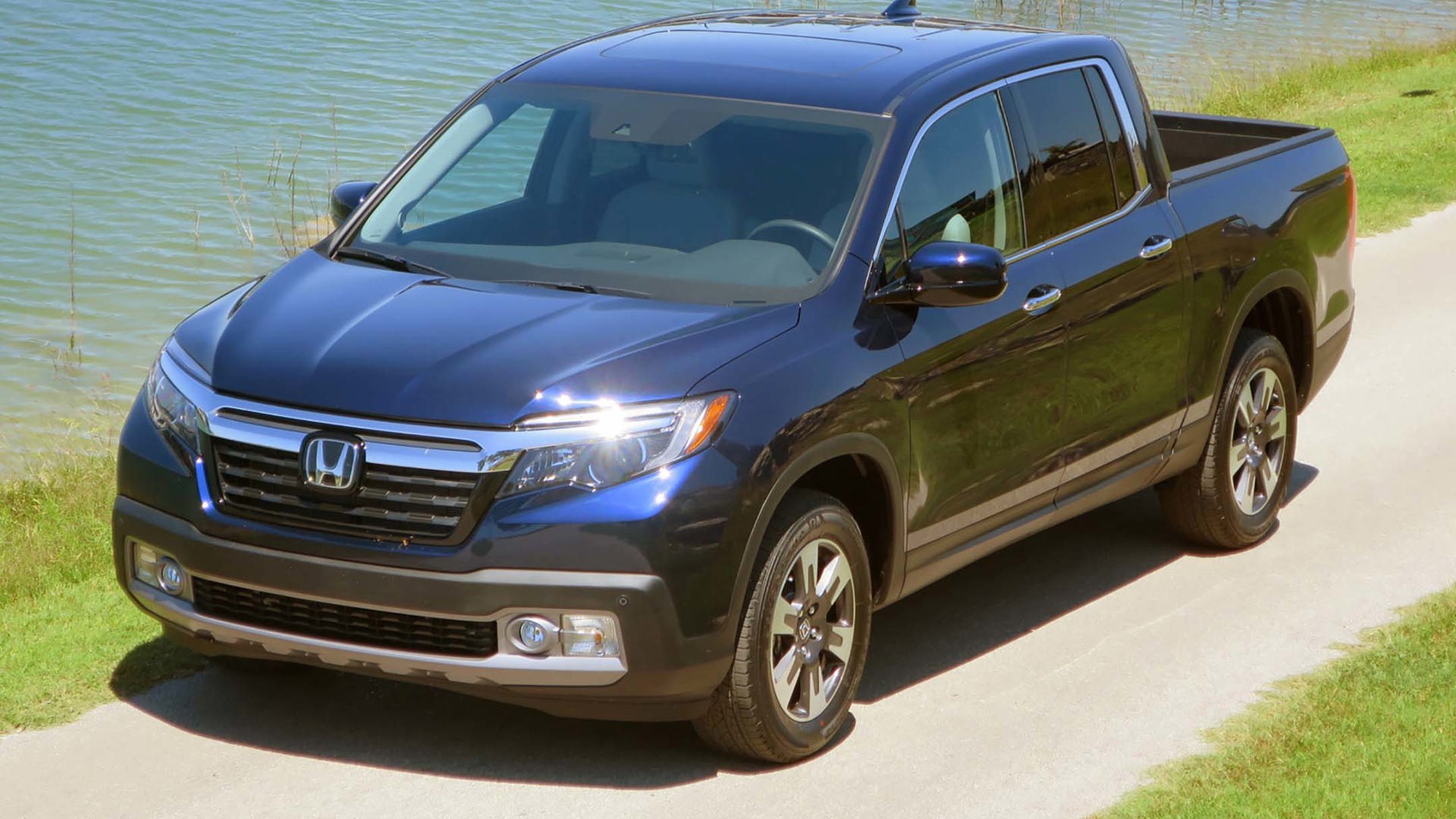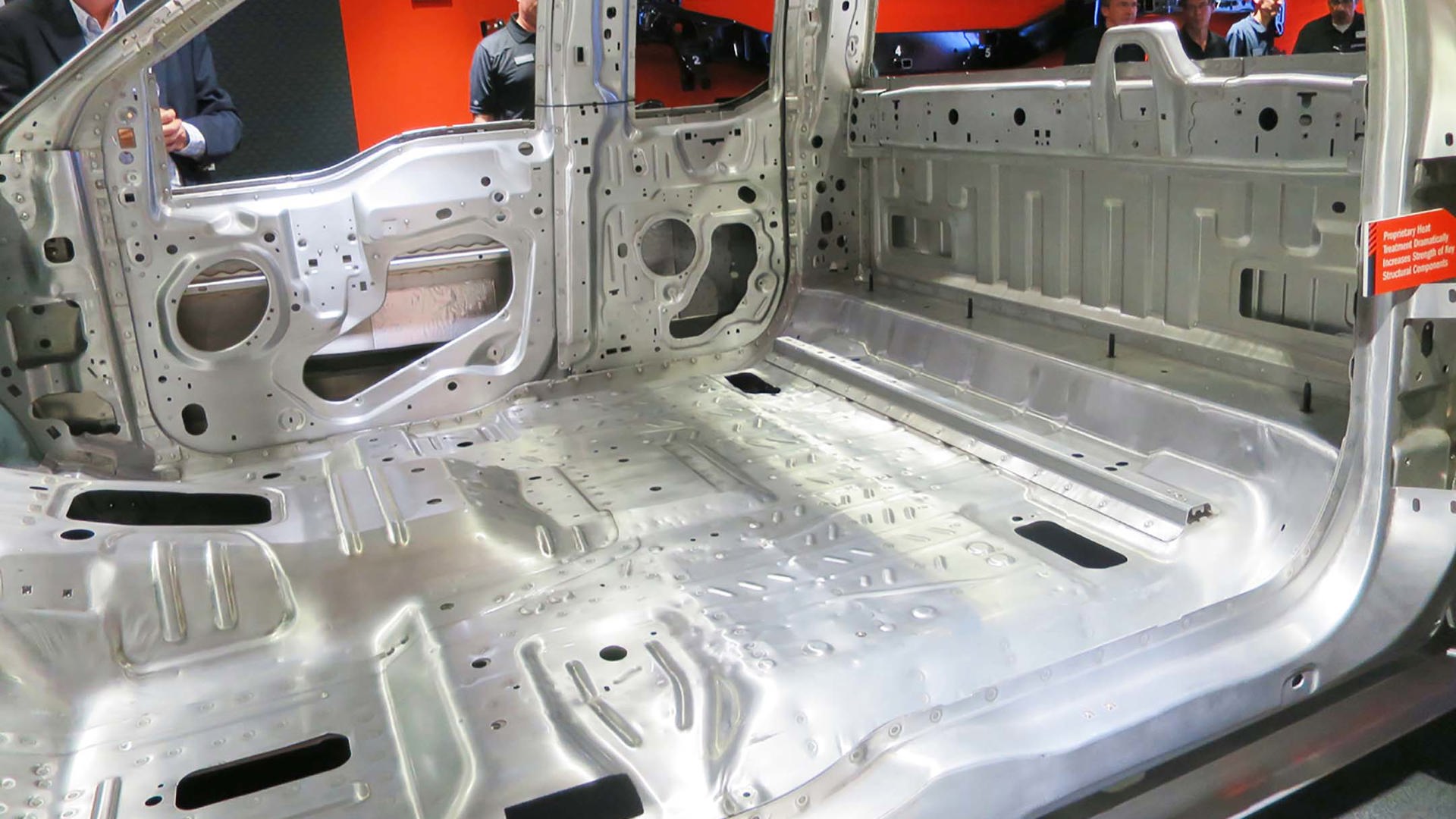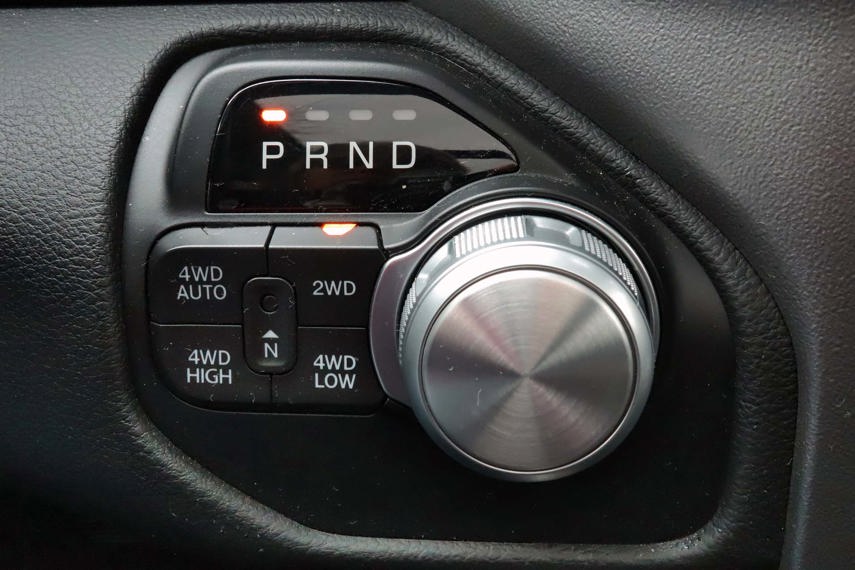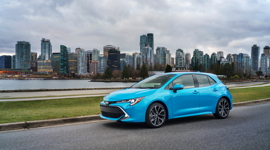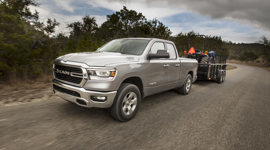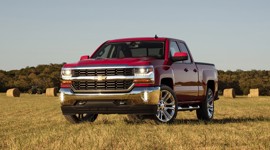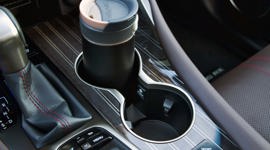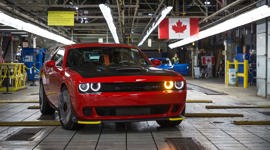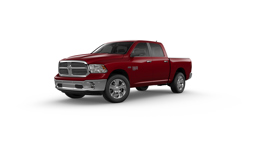Canadians love trucks, and while they’re pretty knowledgeable about them, there are a few misconceptions flying around out there too. Read on as we bust six common myths about pickup trucks.
My truck can haul whatever the job requires
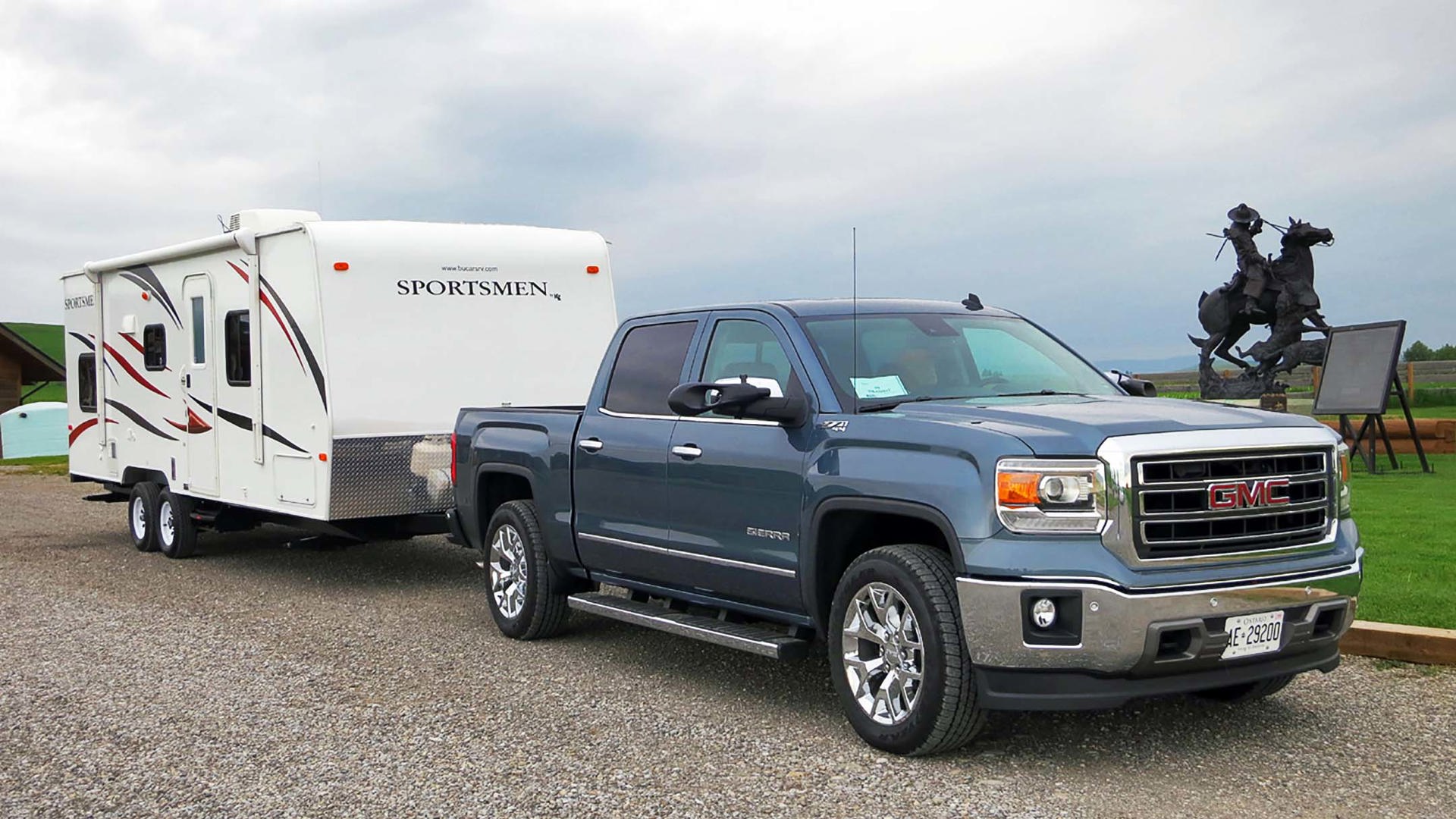
You need to know your truck’s limits and stay within them. You might think you can do it all, but an overloaded truck is dangerous: it won’t steer or brake properly, and the tires might not survive the trip. You’re also putting extra wear and tear on the driveline.
Trucks are meant to be packed full of stuff, and trailers hitched to their hitches, but they can only do so much. You should know your truck’s gross vehicle weight rating (GVWR), which is the maximum a truck should weigh when it’s filled with passengers and cargo; and its gross combined weight rating (GCWR), which is the truck, plus trailer, plus everything packed into both. If you exceed these, you’re putting your safety at risk. And in some jurisdictions, putting too big a trailer on the back could put it into the range of a commercial driver’s licence – and it can be a hefty fine if you don’t have one.
My truck has the highest advertised towing and payload ratings
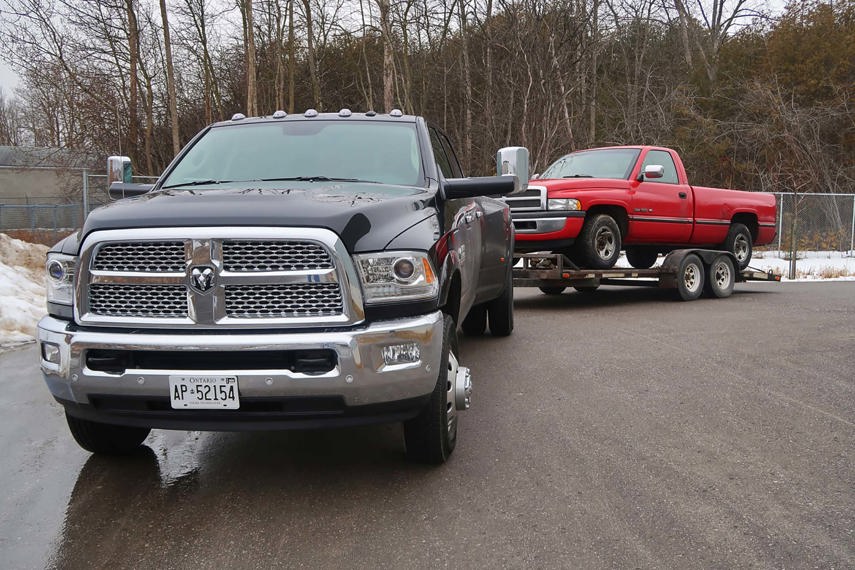
Your truck’s brand might be able to advertise the highest ratings, but the truck you bought might not share them. Usually only a couple of models can actually hit the super-high numbers that truck companies love to trumpet in their ads.
We’re back to that combination of truck and trailer, or truck and load. That GCWR combined rating doesn’t change: if the truck gets heavier, the trailer has to be lighter. There are other factors as well in total towing capacity – including the rear axle ratio, type of trailer, and type of hitch – but weight plays a big role.
As an example, Ram advertises a top towing capacity of 19,780 lb for its 2019 Ram 2500. However, that applies to a Regular Cab truck in 4x2 – the one most people don’t buy. The Crew Cab short-box 4x4, one of the most popular truck configurations on the market, tows a maximum of 19,040 lb. Both have a GCWR of 27,000 lb – but the two-door 4x2 weighs some 740 lb less than its four-door 4x4 stablemate, and it can transfer that weight to the trailer.
Most advertised towing and payload numbers don’t include options, and they can cut into your truck’s ability. Air suspension, truck caps, spray-in bed liners, bed tool boxes, and bigger wheels can all offset what you can haul. If you’re not sure, take your truck to a scale and have it weighed.
Bigger is always better
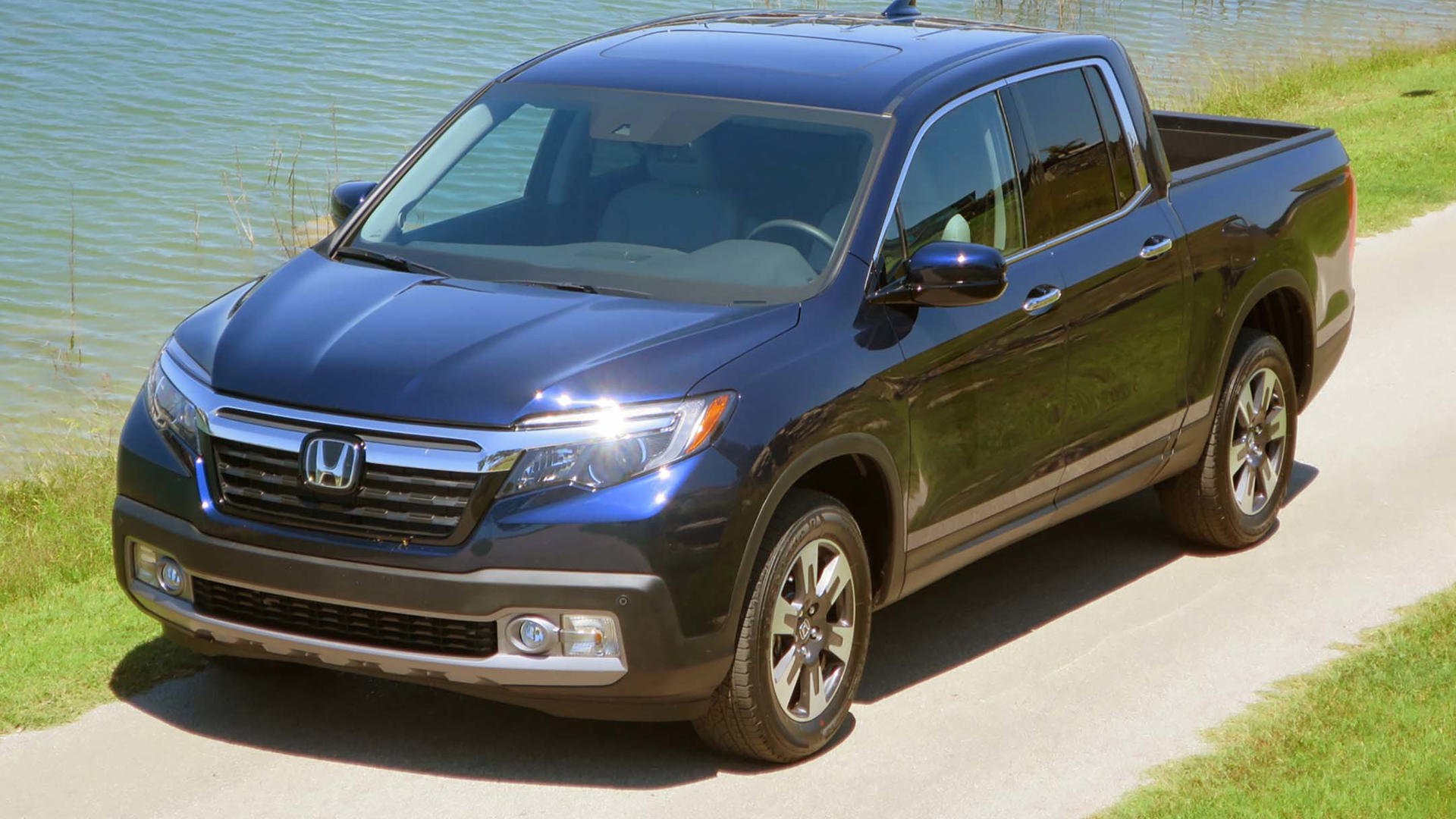
Every truck has gotten bigger over the years, to the point that it’s tough to climb in and out of some of them, or reach anything in the bed. If you want a big truck, that’s fine, but many people overestimate exactly what they need their vehicles to do for them.
The mid-size market has filled out, and between existing and coming-soon, every truck manufacturer will have a smaller one in the market by the end of 2019 – Toyota Tacoma, Nissan Frontier, GMC Canyon, Chevrolet Colorado, Ford Ranger, and Jeep Gladiator. Even the Honda Ridgeline fills the bill for many people, with all-wheel drive and top towing capacity of 5,000 lb. Before you automatically go bigger, assess your needs objectively and see if something will fit you better.
My truck is made from military-grade aluminum
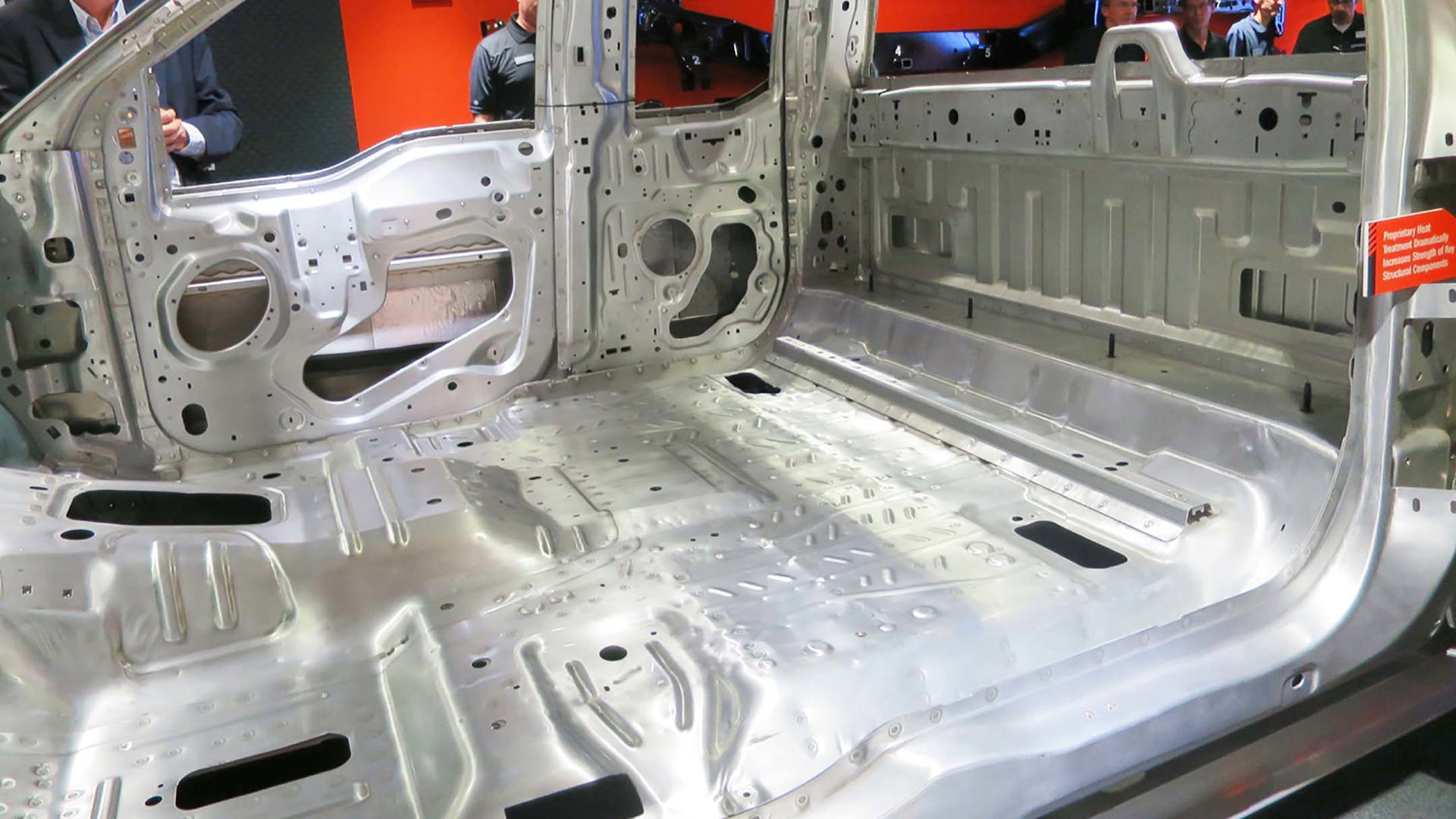
There’s no question that when a certain automaker announced it would build its truck with an all-aluminum body (but, to bust another myth: with a steel frame under it, it’s not entirely made of aluminum), it faced an uphill battle. It knew its detractors would compare it to a crush-it-against-your-forehead beer can.
So, what to do? Its marketers came up with “military-grade aluminum” to describe the new beast. It’s just a marketing term, and there is no such thing as “military-grade” aluminum.
The theory is that the truck uses some of the same type of aluminum as is used in military vehicles, and since those aren’t crushable beer cans, neither is the truck. But while the US Department of Defense does have specifications for the products and materials it uses, they’re called Mil-Spec or MIL-STD, terms the automaker does not use for its truck.
I can go anywhere in four-wheel drive
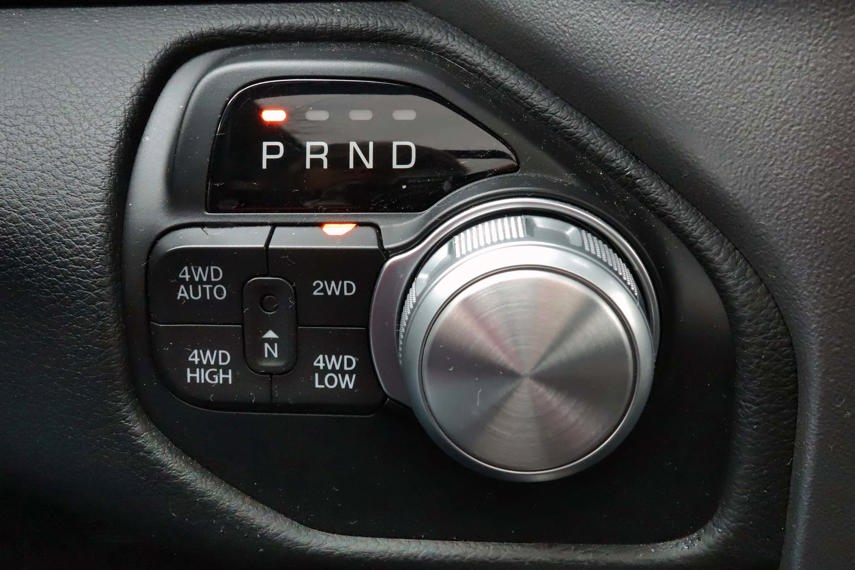
If you mean off the beaten trail, then yes, you probably can. But on dry pavement or hard surfaces, you have to know if you have part-time or full-time 4WD before you engage it.
Most pickups have a part-time system, with buttons or a dial for 4-High or 4-Low. When either of those are engaged, the system tries to turn all four wheels at the same speed. But on hard surfaces there will always be some variance in individual wheel speed, especially if you’re trying to turn a corner, where the outside wheel has to turn faster than the inside one. This puts extra wear on the driveline and tires, and in extreme cases can cause damage.
Full-time 4WD is usually available on higher-level trims, and in addition to 4-High and 4-Low, you’ll also see an “Auto” setting. These systems allow for different wheel speeds, and so you can drive them on hard surfaces. It will use more fuel, though, so you’ll probably want to stay in 2WD until four-wheel is a better idea, such as when the road has alternating patches of dry and snowy pavement.
Putting the tailgate down improves fuel economy
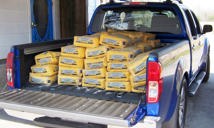
This one’s been busted so many times, we didn’t think anybody still believed it. But apparently there are still a few out there who think that air pushes against the closed tailgate and drags the truck down, and by opening the tailgate you’re letting that air flow through.
Trucks are designed to have their tailgates up, and it’s not just to keep stuff from flying out of the bed. When you’re driving with the gate up, a “bubble” of slow-moving air forms in the bed. Air rushing over the hood and up over the cab deflects off this bubble, and slips over top of the truck bed.
If you open the tailgate, that bubble is gone, and air drops into the bed and creates drag – which increases fuel consumption. Tonneau covers also prevent that bubble from forming, and while you may need one to protect your cargo, expect to be a little poorer at the pumps.
